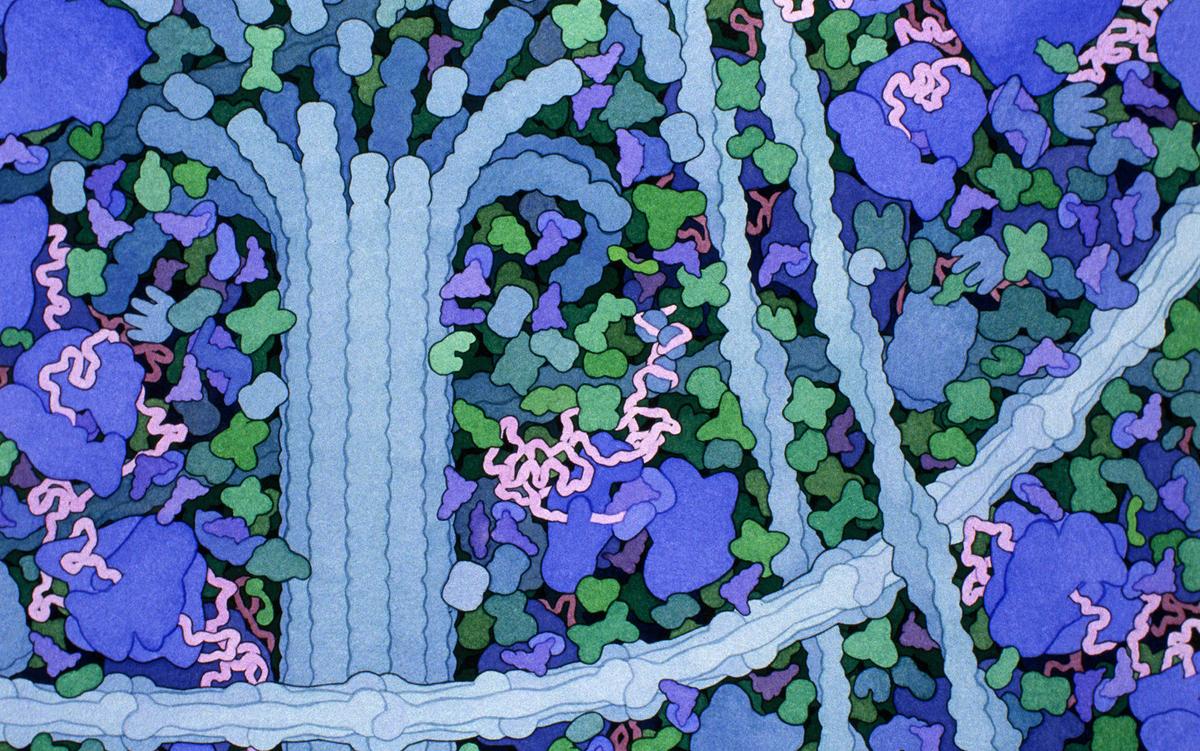Reading

- by Charudatta Navare

- by Shayla Love
I’ve written, prescriptively, that money shouldn’t buy anything that matters: not healthcare or education, for example.
Anything we can do, we can afford
But at the top level money can’t buy anything you couldn’t do anyway. Anything we can’t do, we can only buy from others. The Britian of the thirties was still, despite all its problems, a great industrial power. They could do most things, and it was ridiculous to pretend they didn’t have the money. They could build ships and buildings and refine medicines and so on.
There we some things they couldn’t do: they couldn’t produce as much food as they wanted: they bad to buy that from others. But since other people wanted what they could do, they would accept British pounds.
And there were things no one could do, and money wouldn’t buy those things: go to the moon, for example.
Another federal government program to fight foreign disinformation falls flat.
The post Government-Made Comic Books Try to Fight Election Disinformation appeared first on The Intercept.
Cochav Elkayam-Levy, the Israeli lawyer at the center of the campaign accusing Hamas of systematic sexual violence on October 7, now stands accused by Israeli media of scamming donors and spreading misinformation. The allegations appeared just days after Elkayam-Levy received the prestigious Israel Prize. As the founder of the so-called Civil Commission on October 7th Crimes by Hamas against Women and Children, Israel lawyer Cochav Elkayam Levy has been a go-to source for Western media organizations pushing the narrative that […]
The post Israeli propagandist behind Hamas ‘mass rape’ narrative exposed as grifter, fraud first appeared on The Grayzone.
The post Israeli propagandist behind Hamas ‘mass rape’ narrative exposed as grifter, fraud appeared first on The Grayzone.
I have this friend. A mountain of unexpected medical debt buried his family at the start of last year. At the same time, the closing of his business stuck him with six figures of personal debt. Liquidating a retirement account and maxing out credit cards bought him short-term breathing room. Mostly, though, it added interest […]
The post The Valley of Hidden Sorrows appeared first on Zeldman on Web and Interaction Design.
Why it's time for new ways of naming life.
The post The End of Species appeared first on Nautilus.


